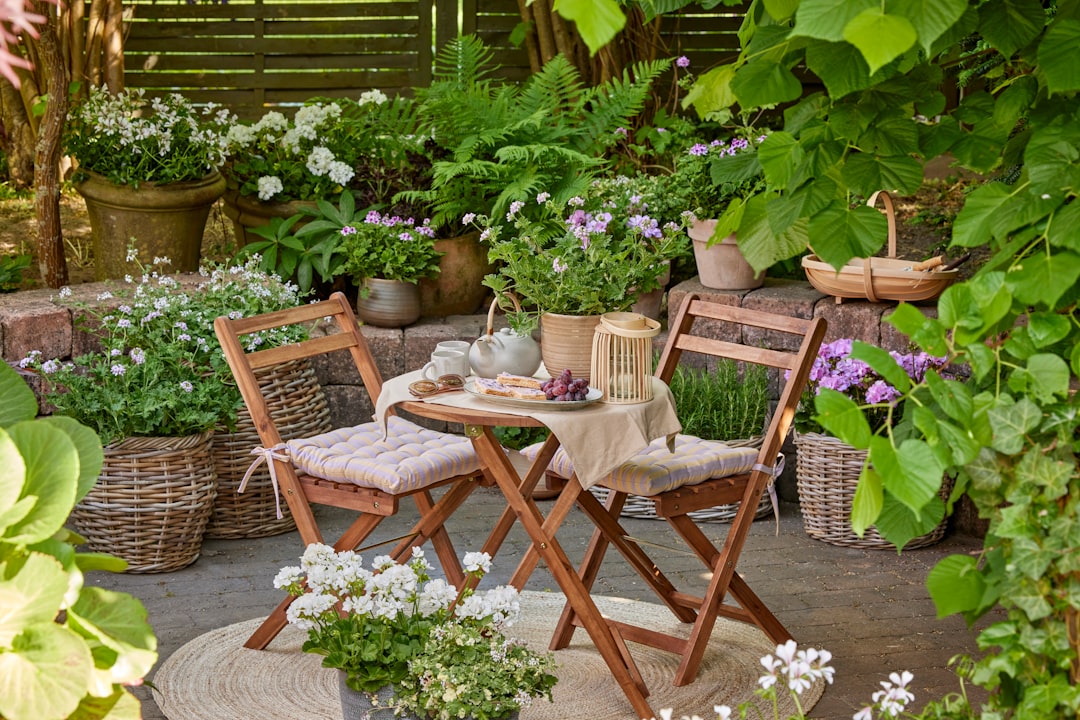The Secret to Keeping Your Lettuce Tender and Sweet: Delaying Bolting

Lettuce is a staple in many home gardens, offering a crisp and refreshing addition to salads, sandwiches, and more. However, one common challenge that gardeners face is lettuce bolting. When the weather turns warm, lettuce plants often bolt, which means they start to produce a tall flower stalk. This not only changes the plant's appearance but also leads to bitter - tasting leaves, making the lettuce less enjoyable to eat. But fear not! There are several effective tips to delay this process and keep your lettuce fresh and delicious for longer.
Choose the Right Varieties
One of the first steps in preventing lettuce from bolting too quickly is to select the right varieties. Some lettuce varieties are more heat - tolerant and less likely to bolt than others. For example, loose - leaf lettuce varieties such as 'Black Seeded Simpson' and 'Red Sails' are known for their ability to withstand warmer temperatures. Romaine lettuce, especially varieties like 'Parris Island Cos', also has a relatively good resistance to bolting. By choosing these heat - tolerant varieties, you can give your lettuce a better chance of thriving even as the weather warms up.
Timing is Everything
Proper timing of planting is crucial when it comes to delaying lettuce bolting. Lettuce is a cool - season crop, which means it prefers temperatures between 45°F and 75°F. Plant your lettuce early in the spring or in the fall when the weather is cooler. In regions with mild winters, you can even plant lettuce in the winter. By avoiding the peak of summer heat, you can significantly reduce the risk of bolting. If you want to have a continuous supply of lettuce throughout the growing season, consider succession planting. This involves planting small batches of lettuce every two to three weeks. As a result, you'll always have young, non - bolted lettuce plants ready for harvest.
Provide Adequate Shade
As the temperature rises, providing shade for your lettuce plants can be a game - changer. You can use shade cloth to cover your lettuce beds. Shade cloth comes in different densities, and for lettuce, a 30% to 50% shade cloth is usually sufficient. This will reduce the amount of direct sunlight the plants receive, keeping the soil and the plants cooler. You can also plant taller crops, such as tomatoes or corn, near your lettuce. These taller plants will naturally provide some shade for the lettuce as they grow. Another option is to use natural structures like fences or buildings to create shade for your lettuce patch.
Keep the Soil Moist
Moist soil helps to keep the lettuce plants cool and can delay bolting. Lettuce has shallow roots, so it's important to water it regularly. Aim to keep the soil consistently moist but not waterlogged. A good way to check the soil moisture is to stick your finger about an inch into the soil. If it feels dry at that depth, it's time to water. Drip irrigation or soaker hoses are excellent watering methods for lettuce. They deliver water directly to the soil, minimizing evaporation and ensuring that the plants get a steady supply of moisture. Mulching around the lettuce plants can also help retain soil moisture. Organic mulches such as straw, shredded leaves, or grass clippings work well. They not only keep the soil moist but also help to suppress weeds.
Harvest Regularly
Regular harvesting can encourage the lettuce plants to continue producing new leaves instead of focusing on bolting. When harvesting, pick the outer leaves first, leaving the inner leaves to continue growing. This method, known as 'cut - and - come - again' harvesting, allows the plant to keep growing and producing fresh leaves. If you notice that a lettuce plant is starting to bolt, harvest it immediately. Even though the leaves may be a bit bitter at this stage, you can still use them in cooked dishes like stir - fries or soups, where the bitterness may be less noticeable.
Fertilize Wisely
Proper fertilization is important for the health of your lettuce plants, but over - fertilization can actually promote bolting. Use a balanced, slow - release fertilizer at the time of planting. Avoid using high - nitrogen fertilizers, as they can cause the plants to grow too quickly and become more prone to bolting. A light application of compost or well - rotted manure can provide the necessary nutrients for the lettuce plants without over - stimulating growth. You can also side - dress the plants with a small amount of fertilizer halfway through the growing season, but be careful not to overdo it.
In conclusion, while lettuce bolting is a common issue, with these tips, you can effectively delay the process and enjoy a bountiful harvest of sweet and tender lettuce. By choosing the right varieties, planting at the right time, providing shade, keeping the soil moist, harvesting regularly, and fertilizing wisely, you'll be well on your way to becoming a successful lettuce gardener.